
Spacing Associate Editor Shawn Micallef is in his ancestral homeland of Malta and guest blogging on the Wired Malta blog this weekend and will be crossposting here on Spacing Toronto.
MALTA — Like anybody who comes to Malta, I visit the capital Valletta a few times while here. There isn’t much I need to go there for as I’ve seen and toured the landmarks on previous trips, and I don’t want to buy anything, but it’s “The City” as people on this very urban island call it, and to get your bearings you need to go to the centre of things a few times. It’s a sort of smaller Renaissance version of Manhattan, a perfect grid laid out in roughly a rectangle on a rocky peninsula. However with the rather steep hills, it might be more aptly compared to the relentless grid of San Francisco that made no allowance for topography and kept the streets straight and the corners 90 degrees no matter the elevation. Valletta accommodates by having entire streets made of steps — long and wide landings almost that might take two strides each — big enough for a horse to climb (likely used in the time of the Knights who built this city). Like many European cities, it’s a pleasure to be a pedestrian here, even if some of Malta’s notoriously wild drivers regularly race down the narrow streets or park on the sidewalks.
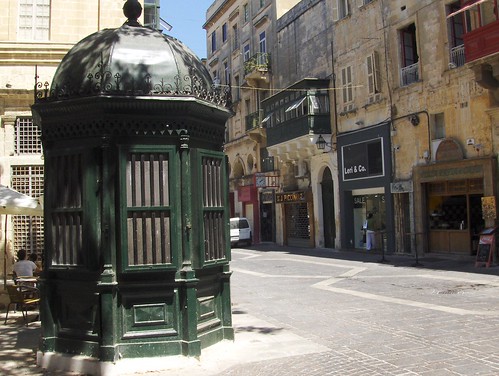
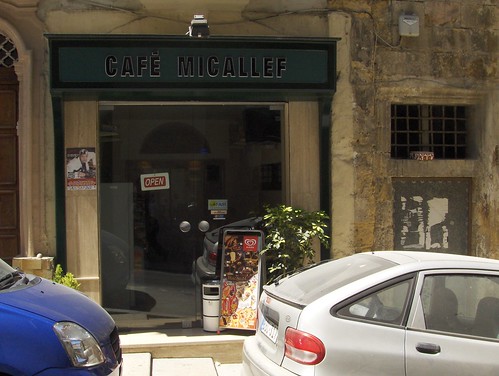
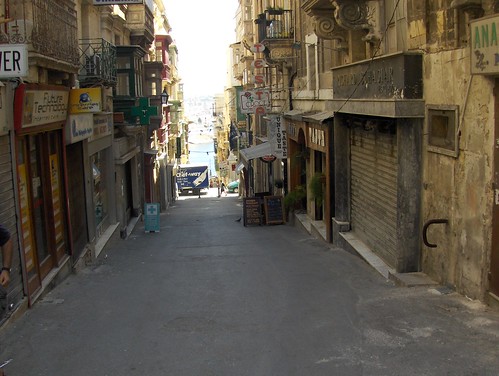
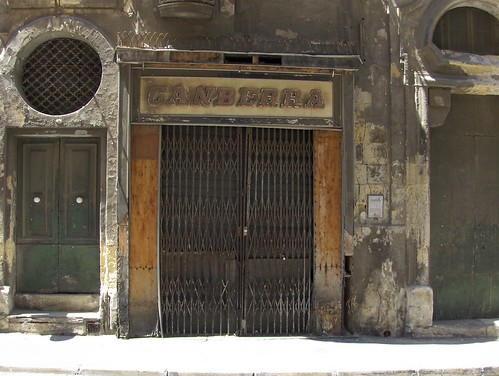
I never make it to Valletta before 11 or noon because as hard as I try, I just can’t get into the early-rising Maltese way, so by the time I get to The City it appears that a number of places have closed for either the day or the traditional early afternoon siesta. Most stores on Republic Street — the “high street” — stay open all day long however. On the side streets though many of the stores appear to be closed permanently, as even when I made it to Valletta by 11am the dusty gates and doors don’t appear to have been opened recently. Malta has experienced it’s own version of sprawl, and near-big-box stores and other large chains have moved onto the island and located outside of the city, meaning Valletta is no longer the main commercial hub. Shopping is decentralized and people can get what they need without entering this walled city. Thus, many parts of The City off the main streets have a run down and neglected look to them.

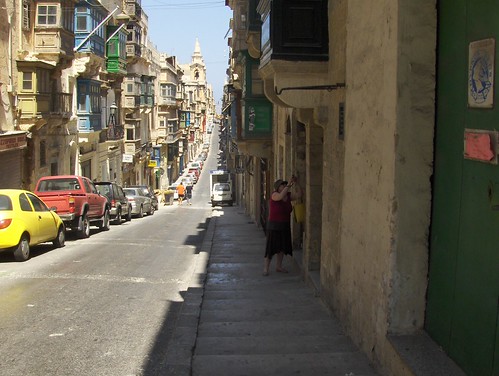
Valetta has much in common with Toronto neighbourhoods whose retail strips have seen better days, but are about to return. Valletta, traditionally a quiet (“near dead”) city in the evening, is undergoing gentrification as its old buildings have become quite in demand with young professional Maltese (and with Malta’s full participation in the EU and investment pressure from the Middle East, foreigners too) who are moving in, renovating, and driving up prices. It’s likely these old storefronts won’t remain vacant, dusty or quiet for long.

What I’ll miss when Valletta changes is the old colonial signage that many of the independent stores used. I call it colonial because it reminds me of some of the signs used in Toronto’s Little India neighbourhood (as well as pictures I’ve seen of India itself) and I suspect there must be a connection between these and the British Empire. Though the transformation of Valletta is not without its pressures and strains (culturally, financially), the urban bones of this places are exactly the kind of foundation (re)new(ed) great cities everywhere need. The trick will be keeping Valletta a centre for all Maltese and visitors, not just a playground for the affluent as Manhatten has become in many places.
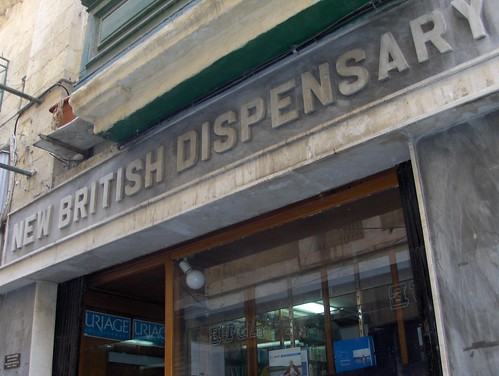


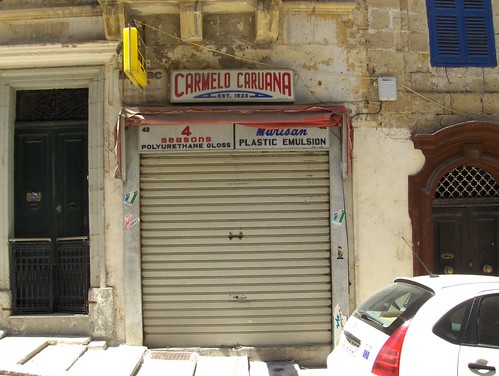
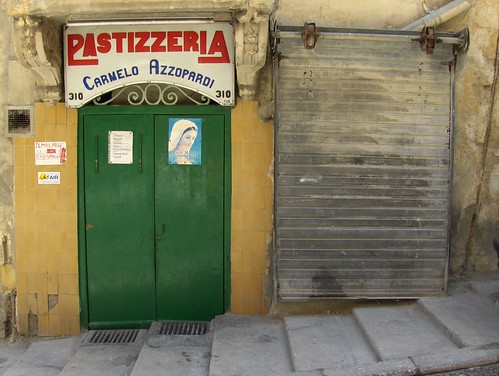
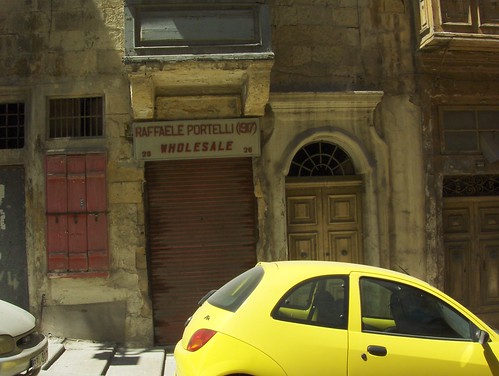

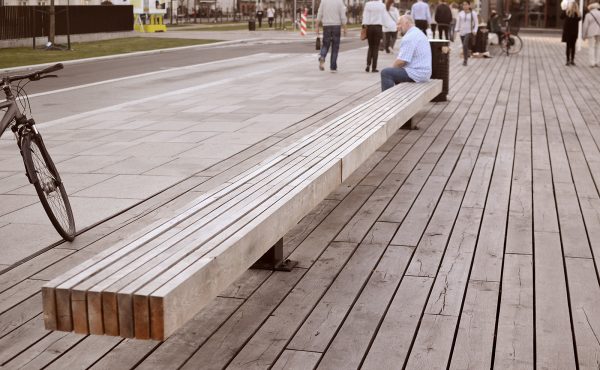
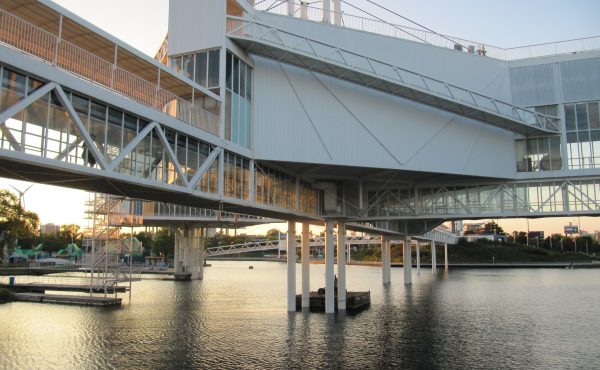
4 comments
Nice to see one’s ancestral home showcased. We were recently in Malta ourselves and agree that some of the smaller side streets in Valetta seem to be showing their age unfortunately.
“Valletta accommodates by having entire streets made of steps  long and wide landings almost that might take two strides each.”
The obvious and unfortunate problem with this is that the city is a no-go zone for anyone who doesn’t have 100% mobility.
Ahh I wonder if Victor Galea is a relative of my father. I haven’t been to Malta since I was 13 but I really should get back to visit. Being my first trip to europe, going from small town ontario to Valletta sure was mindblowing.
bbpsi> Yep, it would be awful.